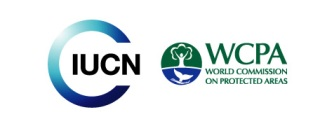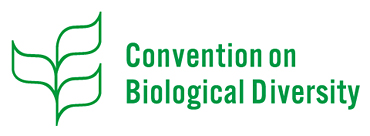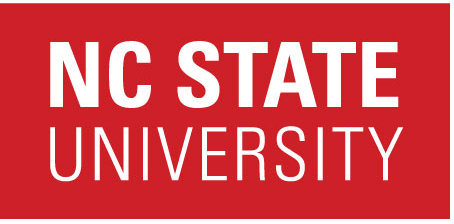Managing Tourism and Biodiversity: User's Manual on the CBD Guidelines on Biodiversity and Tourism Development
Citation
Secretariat of the Convention on Biological Diversity. (2007). Managing Tourism and Biodiversity: User's Manual on the CBD Guidelines on Biodiversity and Tourism Development.
Download PDF
Summary
Foreword:
Often described as the world’s biggest industry, tourism generated over US$ 575 billion
in revenues in 2006 according to the World Travel and Tourism Council.
Contributing to the protection of one of our key assets—biodiversity—is a critical
responsibility of all business sectors, and indeed of all of us. However, there is a fundamental
link between the tourism sector’s continued, long-term success and the
protection of its main attraction—nature itself. This is the reason for the ongoing
work under the Convention on Biological Diversity to implement the Guidelines on
Biodiversity and Tourism Development, adopted in 2004, at the seventh meeting of
the Conference of the Parties to the Convention, in Kuala Lumpur, through decision VII/14. Our work on
tourism is aligned with the new and enhanced phase of implementation of the Convention, and it is only
fitting that much of our work on tourism was made possible through the kind support of the Government
of Germany, our host for the ninth meeting of the Conference of the Parties in 2008.
The User’s Manual is a tool for Parties and other stakeholders to apply the Guidelines, and to make
tourism more biodiversity-friendly, considering the three objectives of the Convention—the conservation
and sustainable use of biodiversity, and the fair and equitable sharing of the benefits arising from the
use of biological resources. More than a toolbox, it should also be a guide that can bring about a novel
paradigm in the tourism sector; that of the emergence of new consumption patterns driven by respect
for life on Earth.
The suggestions contained in this User’s Manual were enhanced through an extensive and broad consultation
process with experts in government, the private sector and civil society, from 2001 to today. They
offer a practical tool with technical guidance for engaging policy makers, local and national government
decision makers and managers, the private sector, indigenous and local communities, non-governmental
organizations or other organizations.
Although the primary focus of the Guidelines and this manual is tourism development and conduct
of tourism activities in vulnerable ecosystems and habitats, all of its topics are equally applicable to any
tourism activities and development that may have an impact on biodiversity in other geographical locations
and tourist destinations. The Guidelines are consistent with, and contribute to the implementation
of international instruments designed to promote sustainability in various areas of tourism, including the
2002 Quebec Declaration on Ecotourism, the 2002 UNEP Principles for Implementation of Sustainable
Tourism, the 1999 Global Code of Ethics for Tourism adopted by the World Tourism Organization, the
1997 Manila Declaration on the Social Impact of Tourism, and the 1997 Berlin Declaration on Biodiversity
and Tourism. The Guidelines also take into consideration the provisions of the Convention such as the
ecosystem approach and the Akwé: Kon Voluntary Guidelines concerning developments that affect indigenous
and local communities.
The powerful forces that shape the essence of tourism, including the human urge to see and experience
the natural world, must continue to be harnessed to support the achievement of the goals of the
Convention. It is my hope that this manual will help all planners and managers involved in tourism to
become partners in the challenge of implementing the convention for life on Earth.
Keywords
tourism, sustainability, biodiversity, planning, project assessment, participatory planning




